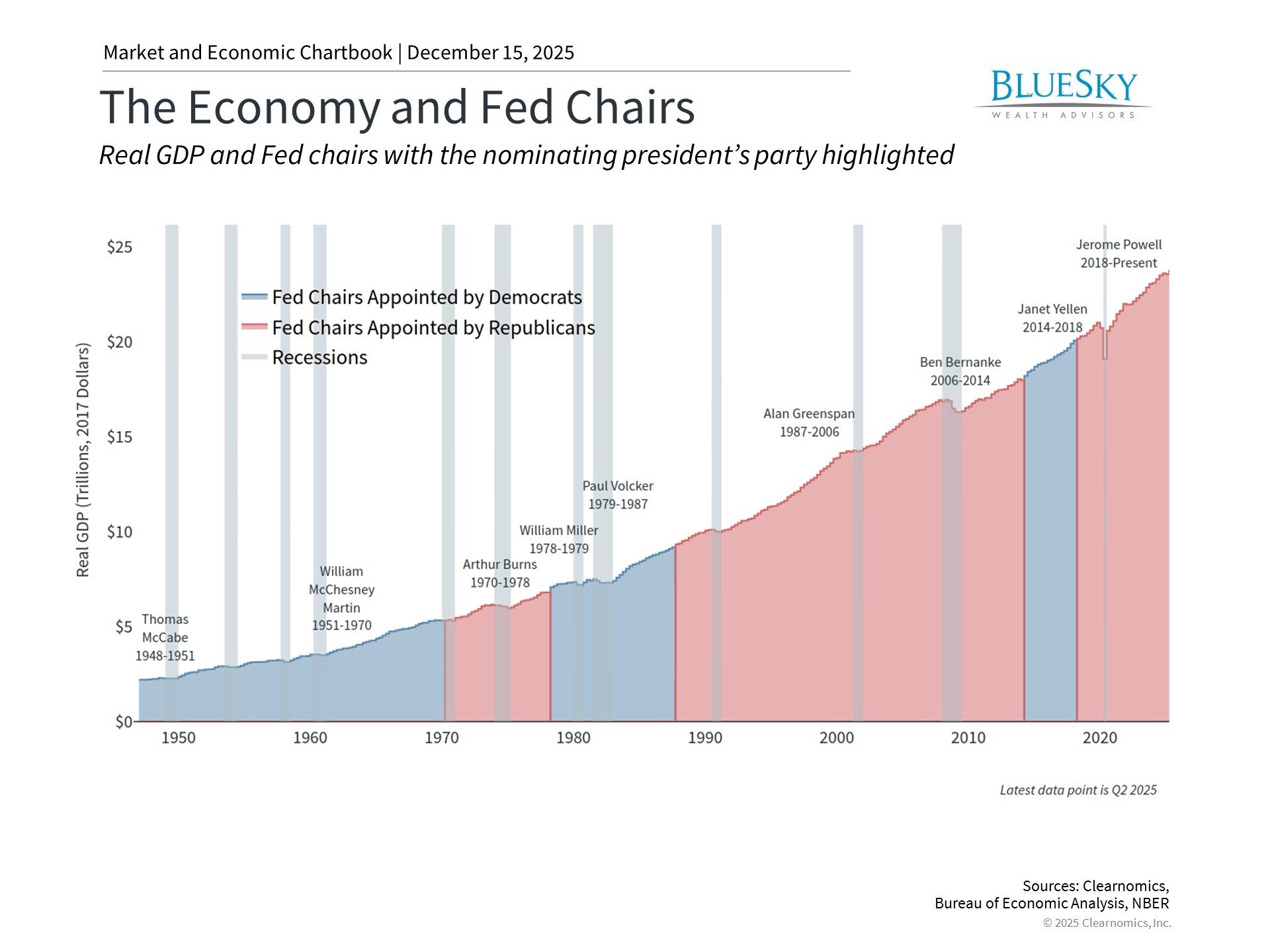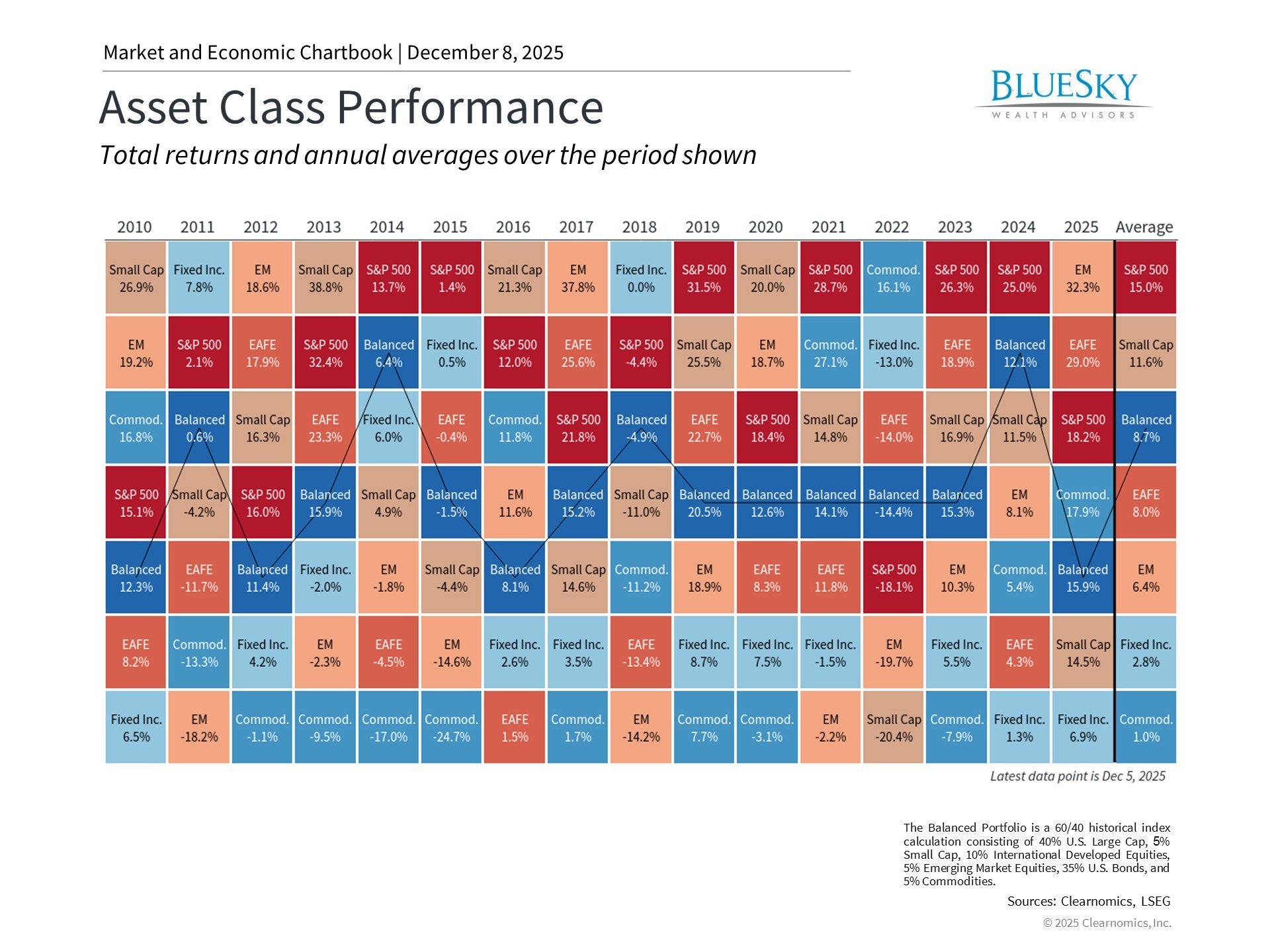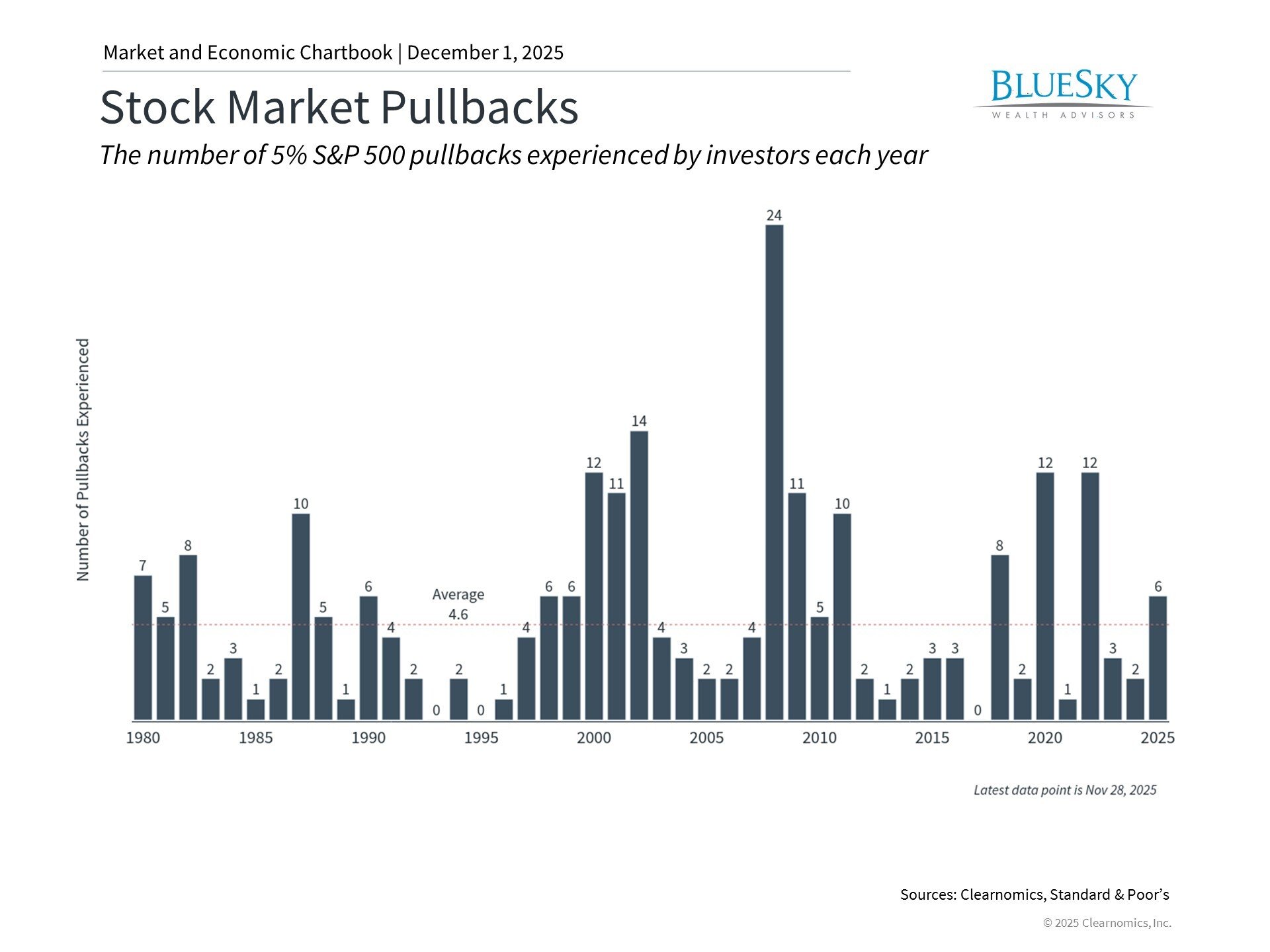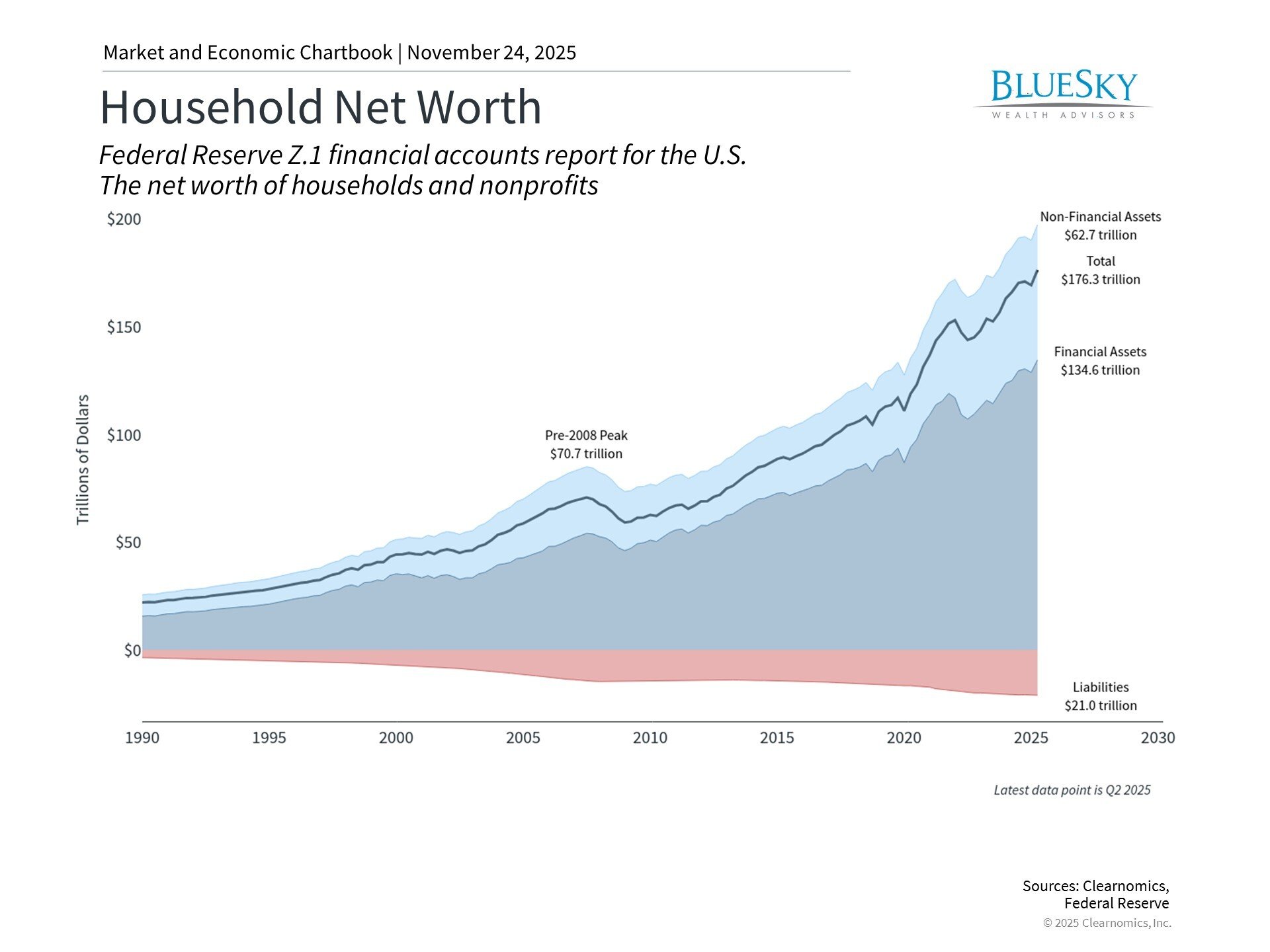
7 Best Passive Income Investments for Wealth in 2024
7 Best Passive Income Investments for Wealth in 2024

When it comes to exploring passive income investments for building wealth, the key is finding options that align with your financial goals and lifestyle. Passive income investments can provide a steady stream of income without the daily grind, offering a way to secure financial independence and establish a meaningful legacy.
- Real Estate: Whether it’s rental properties or REITs, real estate offers potential for significant returns.
- Dividend Stocks: Investing in companies that pay out dividends regularly.
- Peer-to-Peer Lending: Acting as a bank, lending money to individuals or businesses in exchange for interest payments.
- Digital Products and Online Courses: Creating and selling digital goods or educational courses online.
For the financially comfortable individual seeking to optimize their tax situation and secure financial independence through passive income, these options represent just the tip of the iceberg. By diversifying your portfolio across different assets, you can create a resilient income stream that contributes to a stable and prosperous financial future.

Starting your journey towards building wealth through passive income investments requires careful consideration and planning. Selecting the right mix of investments tailored to your financial situation and goals can provide long-term security and the freedom to live life on your terms.
Understanding Passive Income Investments
When we talk about passive income investments, we’re referring to ways you can make money with little to ongoing effort. It’s about setting up a source of income that continues to pay you even when you’re not actively working on it.
Definition
Imagine planting a tree. Initially, you dig the hole, plant the tree, and water it. But once it’s mature, you can enjoy its shade and fruits without much daily effort. Passive income investments work similarly. You might need to do some upfront work or investment, but over time, these investments generate income without daily grind.
Benefits
- Steady Income Stream: Passive income can provide a regular income stream, supplementing your main income or even becoming your primary source of money in the long run.
- Financial Security: Having multiple sources of income can provide a safety net, reducing financial stress if one income stream dries up.
- Time Freedom: With passive income, you can potentially reduce the hours you need to work, giving you more time for hobbies, family, or travel.
- Compounding Growth: Many passive income investments, like dividend stocks or real estate, can grow in value over time, compounding your earnings.
Passive vs. Active Income
- Active Income: This is money earned from a job or business where you’re actively working. Think of it as trading time for money. If you stop working, the money stops too.
- Passive Income: Unlike active income, passive income doesn’t require your constant time or effort. It’s about creating or investing in a system that generates income for you.
Making the Choice
Choosing between active and passive income often depends on your current financial situation, future goals, and how much time you’re willing to invest upfront. While passive income can offer more freedom and potentially unlimited earnings, it usually requires significant initial effort, time, or money.
For those looking to build wealth, a combination of both active and passive income may be the best strategy. Active income can provide immediate financial support, while passive income investments build a foundation for long-term financial security and independence.
The key to successful passive income is diversification. Don’t put all your eggs in one basket. Explore different avenues like real estate, dividend stocks, or peer-to-peer lending to find what works best for you. With careful planning and a bit of patience, you can create a resilient income stream that contributes to a stable and prosperous financial future.
In the next section, we’ll dive into some of the top passive income investments to consider, helping you make informed decisions on where to put your money to work for you.
Top Passive Income Investments to Consider
Building wealth through passive income investments is a smart strategy for those looking to grow their finances with minimal ongoing effort. Let’s explore some of the best options available.
Dividend Stocks
Investing in dividend stocks is akin to receiving a paycheck for owning a piece of a company. Dividend Aristocrats, companies that have increased their dividend payouts for 25 consecutive years or more, are particularly attractive for their stability and reliability. However, it’s important to understand the tax treatment of dividends, as qualified dividends are taxed at a lower rate than ordinary income. Look for stocks that offer quarterly payouts to ensure a regular income stream.
Real Estate
Real estate investments can provide cash flow through rental income and potential tax advantages. Whether you’re hands-on or prefer a more passive role through property management companies, real estate can offer substantial returns. Platforms like Realty Mogul allow investors to get into the real estate market with less capital, making it more accessible.
Index Funds
For those seeking a hands-off investment approach, index funds tracking major indices like the S&P 500 offer low fees and the potential for long-term growth. These funds are designed to mirror the performance of the index, providing a diversified investment with minimal effort required from the investor.
Bonds and Bond Funds
Bonds offer interest payments and a level of stability that can be appealing during volatile market periods. The maturity date of bonds and the high-yield options available can cater to different investment horizons and risk tolerances. Bond funds can further diversify your holdings, spreading out risk across various issuers.
High-Yield Savings Accounts and CDs
For a risk-free option, high-yield savings accounts and certificates of deposit (CDs) at online banks offer better interest rates than traditional banks. These accounts are FDIC-insured, making them a safe place to park your cash. CIT Bank CD is an example where you can lock in a higher rate for a set period.
Peer-to-Peer Lending
Peer-to-peer lending platforms allow you to lend money directly to individuals or businesses, with the potential for higher returns than traditional savings accounts. This investment carries its own set of risks and returns, and diversification is key to mitigating potential losses. Proper borrower vetting processes are crucial.
Real Estate Investment Trusts (REITs)
REITs offer a way to invest in real estate without owning physical property. These trusts own and manage income-producing real estate and pay out dividends to investors. Diversified portfolios and regular dividend checks make REITs an attractive option for passive income. Platforms like Masterworks and YieldStreet provide unique opportunities to invest in real estate and other assets.
Each of these passive income investments comes with its own set of benefits and considerations. Whether you’re drawn to the stability of bonds and CDs, the growth potential of dividend stocks and index funds, or the tangible assets offered by real estate and REITs, there’s an option to fit your financial goals and risk tolerance. Diversification across these vehicles can enhance your portfolio’s resilience and potential for growth, setting you on a path toward financial freedom.
Innovative Passive Income Streams
In building wealth, it’s smart to look beyond traditional investments. Let’s explore some creative ways to make your money work for you while you sleep, focus on your passions, or even travel the world.
Selling Designs or Art Online
Etsy and Squarespace are two platforms that can turn your creativity into cash. If you’re an artist or designer, consider selling your artwork or designs online. It’s a straightforward way to earn money from digital products you create once and sell many times.
- Etsy is perfect for handmade goods, art, and unique designs. It connects you with buyers looking for something special.
- Squarespace, on the other hand, lets you build a professional website to showcase and sell your art or designs, offering more control over how you present your work.
And if you’re interested in flipping websites, Flippa is a marketplace for buying and selling online businesses, including e-commerce stores and blogs. It’s a more advanced option, but it can be lucrative if you know what you’re doing.
Affiliate Marketing
Affiliate marketing is a fantastic way to make money by promoting products you love. You share a product link on your blog, social media, or website. When someone makes a purchase through your link, you earn a commission.
- Blogs are a powerful platform for affiliate marketing. Write detailed product reviews or how-to guides and include your affiliate links.
- Social Media platforms, especially when you have a large following, can generate significant affiliate income. Tools like HypeAuditor can help you grow and manage your audience.
The key is to promote products that align with your interests and your audience’s needs. This way, you’re providing value, not just advertisements.
E-commerce Store
Starting an e-commerce store can be a deeply rewarding passive income stream. You can sell products directly to customers without holding any inventory through dropshipping. Or, use Amazon FBA (Fulfillment by Amazon) to store your products in Amazon’s fulfillment centers. They handle shipping, customer service, and returns for you.
- Dropshipping allows you to sell products from suppliers without ever handling the product yourself. It’s low risk and low overhead but requires a good eye for market trends and strong marketing skills.
- Amazon FBA leverages the power of Amazon’s vast customer base and logistical prowess. It’s a bit more hands-on initially but can become passive once you’ve established your product line and supply chain.
Online Courses
If you have expertise in a particular area, creating an online course is a superb way to generate passive income. Platforms like Udemy or Coursera make it easy to reach students worldwide. The beauty of online courses is that you create the content once, and then you can sell it repeatedly.
- Choose a topic you’re passionate and knowledgeable about.
- Invest time in creating high-quality, engaging content.
- Market your course through social media, your blog, or email marketing.
The initial effort can be significant, but the potential for ongoing passive income is substantial.
By exploring these innovative passive income streams, you can diversify your income and build wealth in creative, fulfilling ways. The key to success with passive income is finding the right balance between upfront effort and long-term payoff. Whether you’re selling art online, diving into affiliate marketing, launching an e-commerce store, or teaching through online courses, there’s a world of opportunity waiting for you.
Tax Implications of Passive Income
Understanding the tax implications of your passive income investments is crucial. Taxes can take a big bite out of your earnings if you’re not careful. Let’s simplify this complex topic into four main areas: Ordinary Income, Capital Gains, Deductions, and Qualified Dividends.
Ordinary Income
Most passive income is taxed as ordinary income. This means the money you make from things like rental properties or a job is added together and taxed at your personal tax rate. The more you make, the higher your tax rate could be.
Capital Gains
If you sell an investment like stocks or real estate for more than you paid, you make a capital gain. These gains are usually taxed at a lower rate than ordinary income. There are short-term capital gains (for investments held less than a year) and long-term (for those held more than a year). Long-term gains are taxed at a lower rate, making them more attractive for investors.
Deductions
Here’s some good news: You can often deduct expenses related to earning passive income. For rental properties, this could include mortgage interest, property taxes, and maintenance costs. These deductions can lower your taxable income, meaning you pay less in taxes.
Qualified Dividends
Qualified dividends are paid out from profits of corporations and are taxed at the capital gains rate, which is lower than the ordinary income rate. To qualify, you must hold the stock for a specific period. This makes investing in dividend-paying stocks an attractive option for those looking to minimize their tax bill.
The tax code can be complex, and rules change. It’s always a good idea to consult with a tax professional to understand how these rules apply to your specific situation and to make sure you’re taking advantage of all possible tax benefits.
By considering the tax implications of your passive income streams, you can make more informed decisions that could lead to higher net returns. Keep these tax basics in mind as you build and manage your passive income portfolio.
Next, we’ll dive into some of the most frequently asked questions about passive income investments to help clear up any confusion and set you on the right path.
Frequently Asked Questions about Passive Income Investments
When it comes to building wealth through passive income investments, many people have questions. Let’s address some of the most common queries to help you understand how to navigate this financial landscape effectively.
Can I make passive income with no money?
Yes, it’s possible but challenging. You can leverage your skills or time instead of money. For example, creating digital content like blogs, videos, or online courses can earn income over time. You might not need money upfront, but you will need to invest a significant amount of time and effort. Time is also an investment.
How do I minimize my taxes on passive income?
Minimizing taxes on passive income involves strategic planning:
- Understand the tax implications of your investments. For example, dividends and rental income are taxed differently.
- Consider retirement accounts like IRAs or 401(k)s for investments, as they can offer tax advantages.
- Keep track of expenses that can be deducted, such as maintenance costs for rental properties or home office expenses for online business activities.
- Consult a tax professional who can provide personalized advice and strategies for your situation.
It’s about being smart with your investments and taking advantage of legal avenues to reduce your taxable income.
What’s the best passive income to invest in?
The “best” passive income investment depends on your personal situation — your financial goals, risk tolerance, and the amount of time or money you can invest. Here are a few options considered generally beneficial:
- Dividend Stocks: For those looking for regular income and have some risk tolerance.
- Real Estate: Offers potential for both income through rent and capital appreciation, but requires more capital and management.
- Index Funds: Suitable for those seeking long-term growth with lower risk compared to individual stocks.
- REITs: Allow investment in real estate without the need to directly manage properties, offering a blend of income and growth.
The key is to diversify your investments to spread risk and potential for reward. Start with what you understand and can manage, then explore other options as you grow your portfolio.
In summary, passive income investments can be a powerful tool for building wealth, but they require careful consideration and management. By starting small, staying informed, and seeking advice when needed, you can navigate passive income and work towards financial independence. There’s no one-size-fits-all answer, but with the right approach, you can find the passive income streams that work best for you.
Conclusion
Building wealth through passive income investments is akin to planting a garden. It begins with understanding the soil (the market), choosing the right seeds (investments), and nurturing them over time. Just as a well-tended garden offers a variety of fruits and vegetables, a diversified investment portfolio can provide a steady stream of income and financial security.
Diversification is our guiding principle at BlueSky Wealth Advisors. It’s about spreading your investments across various assets to minimize risk and maximize potential returns. Think of it as not putting all your eggs in one basket. Whether it’s dividend stocks, real estate, index funds, bonds, or REITs, each plays a unique role in your financial garden, contributing to its overall health and growth.
A Long-term Strategy is crucial when considering passive income investments. Wealth building is a marathon, not a sprint. It requires patience, persistence, and a clear vision of your financial goals. By focusing on long-term growth and compounding returns, you’re more likely to achieve financial independence and security.
At BlueSky Wealth Advisors, we’re committed to guiding you through this journey. Our approach is rooted in understanding your individual needs, goals, and risk tolerance. We believe in a globally-diversified passive mix of assets, keeping portfolio expenses low, and employing tax efficiency strategies to maximize your returns while minimizing risks. Let us help you build a financial foundation that not only meets your needs today but also secures your legacy for tomorrow.
For more insights and guidance on how to find passive income investments and to learn more about our services, we invite you to explore our website. Together, we can cultivate a flourishing financial future.
Building wealth is a journey that requires a solid plan, diversified investments, and a long-term perspective. At BlueSky Wealth Advisors, we’re here to help you every step of the way.





